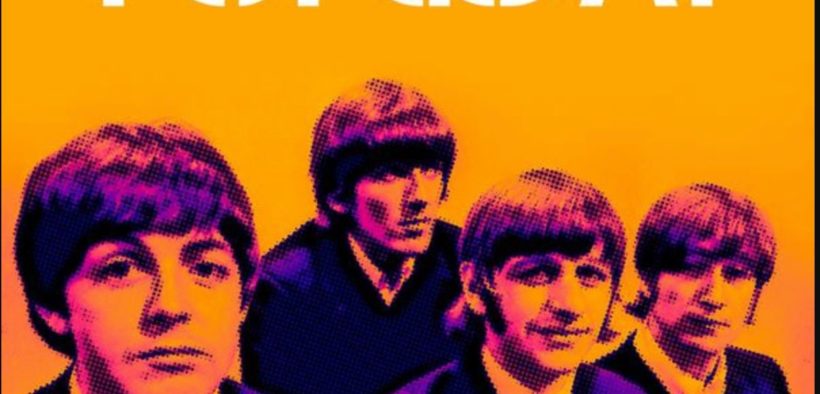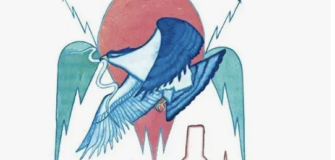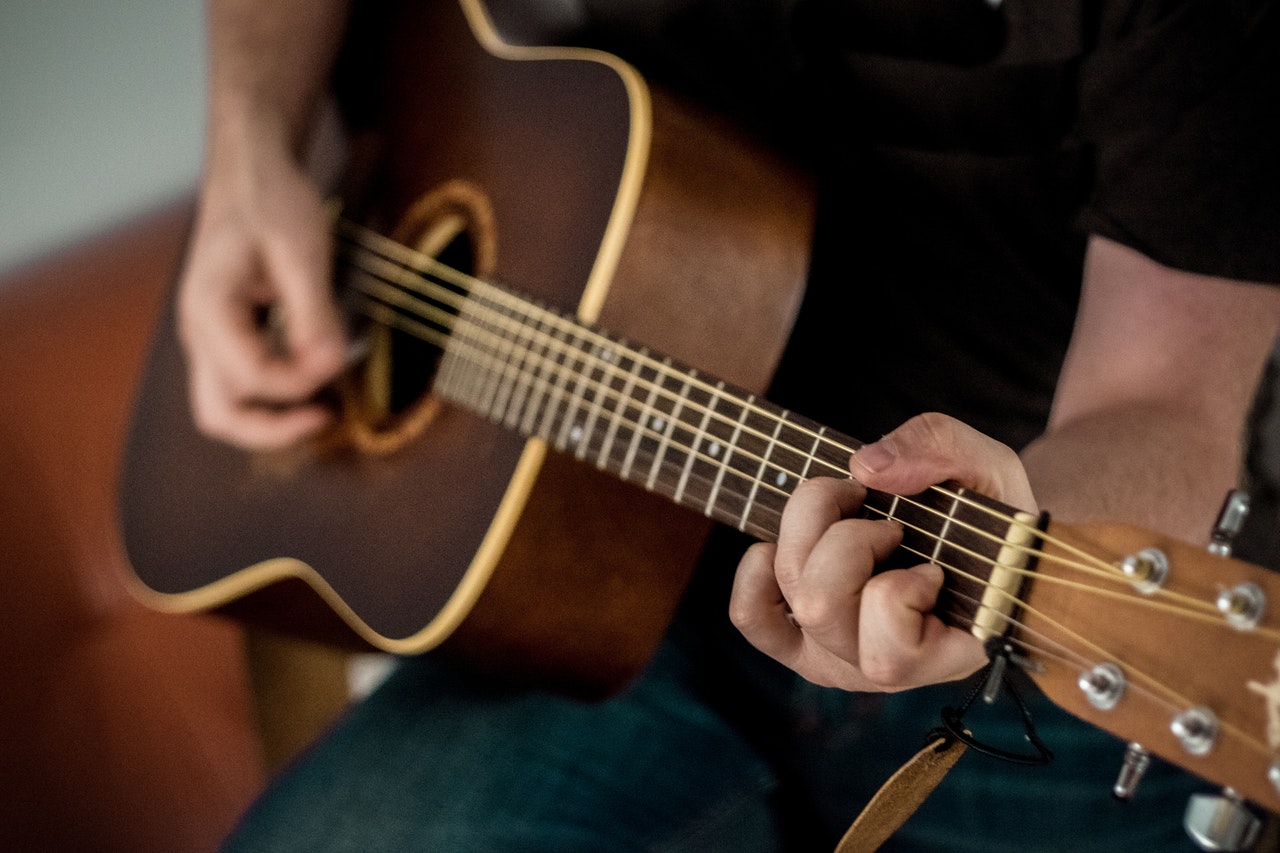Yesterday guitar lesson
Share

“Yesterday” is a timeless classic that was written by Paul McCartney of The Beatles in 1965. This beautiful song has stood the test of time and has been covered by countless artists around the world. In this article, we’ll explore the “Yesterday” guitar lesson in general, breaking down the various components of this iconic tune and offering tips and tricks for guitarists who want to learn it.
The first thing to note about “Yesterday” is that it’s played in standard tuning (EADGBE). The song is based around the chords F, G, C, and Am. These chords are fingered as follows:
F chord: Place your index finger on the 1st string at the 1st fret, your middle finger on the 3rd string at the 2nd fret, and your ring finger on the 5th string at the 3rd fret.
G chord: Place your index finger on the 5th string at the 2nd fret, your middle finger on the 6th string at the 3rd fret, and your pinky on the 1st string at the 3rd fret.
C chord: Place your index finger on the 2nd string at the 1st fret, your middle finger on the 4th string at the 2nd fret, and your ring finger on the 5th string at the 3rd fret.
Am chord: Place your index finger on the 2nd string at the 1st fret and your middle finger on the 4th string at the 2nd fret.
To play the song, you’ll need to switch between these chords in a specific pattern. The pattern is as follows: F – G – Am – F – C – G – F – G. Once you’ve mastered this pattern, you can begin to work on the melody.
The melody for “Yesterday” is played on the top three strings of the guitar (E, B, and G). The melody is based on the F chord and uses a combination of open strings and fretted notes. The melody is fingered as follows:
E string: Open – 1st fret – 3rd fret – 1st fret – open
B string: Open – 3rd fret – 1st fret – 1st fret – 1st fret – 3rd fret – 1st fret – 3rd fret – 5th fret – 1st fret – 1st fret
G string: 2nd fret – open – 1st fret – 3rd fret – 1st fret
It’s essential to practice the melody slowly at first and focus on getting the timing and finger placement right. As you become more comfortable with the melody, you can begin to speed up and add more nuance to your playing.
One thing that sets “Yesterday” apart from other songs is its use of fingerstyle playing. Fingerstyle playing is a technique where the player plucks the strings with their fingers instead of using a pick. In “Yesterday,” the fingerstyle playing is used to create a delicate and emotional sound that complements the song’s lyrical content.
To play “Yesterday” with fingerstyle, you’ll need to use your thumb (T), index finger (I), middle finger (M), and ring finger (R) to pluck the strings. The fingerstyle pattern is as follows:
T (thumb) plays the 6th string
I (index) plays the 3rd string
M (middle) plays the 2nd string
R (ring) plays the 1st string
The fingerstyle pattern for each chord is as follows:
F chord: T – I – M – R – M – I
G chord: T – I – M – R – M – I
Am chord: T – I – M – R – M – I
C chord: T – I – M – R – M – I
It’s important to note that this is just a basic fingerstyle pattern, and you can modify it to fit your playing style. As you practice, experiment with different fingerstyle patterns and find one that feels comfortable and sounds good to you.
Another crucial aspect of playing “Yesterday” is its dynamics. The song starts off softly and builds to a climax in the chorus. It’s essential to pay attention to the song’s dynamics and adjust your playing style accordingly. One way to achieve this is by using the fingerstyle pattern to control the volume and intensity of the song. For example, you can play the verses softly with a lighter fingerstyle pattern and increase the intensity for the chorus with a more aggressive pattern.
As you continue to practice “Yesterday,” it’s helpful to listen to various recordings of the song. There are countless covers and renditions of the song out there, and each one offers a unique perspective on the song. Listening to different versions of “Yesterday” can help you understand the song’s structure and nuances better and can also provide inspiration for your own playing.
Ultimately, mastering “Yesterday” is a process that takes time and dedication. As you work on the song, don’t be afraid to experiment with different playing styles and techniques. You may find that certain approaches work better for you than others and that you’re able to put your own spin on the song. Above all, enjoy the process and let the beauty of “Yesterday” guide you. With practice and perseverance, you’ll be able to play this timeless classic with confidence and grace.
Visit Totally Guitars for a complete video lesson on Yesterday by The Beatles










